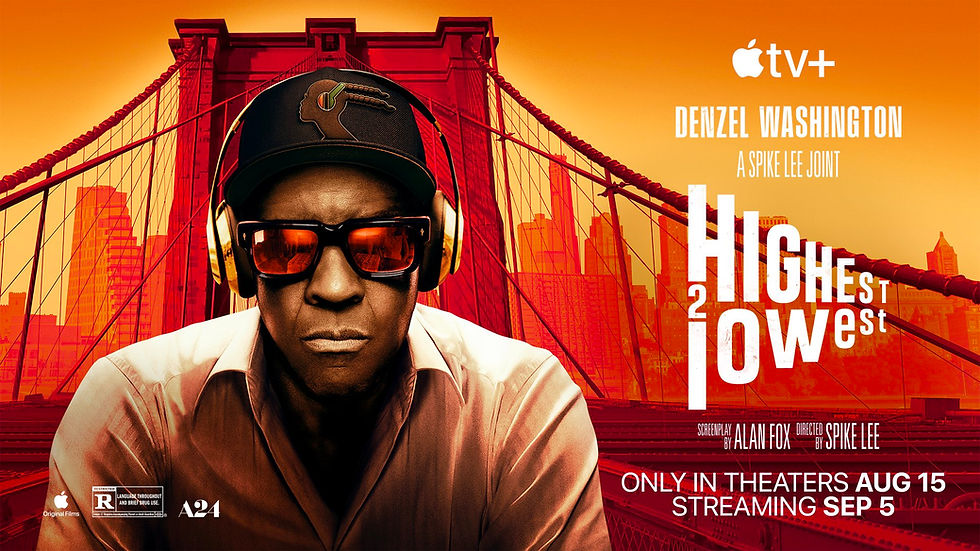Ambulance Review
- Louis Saddler
- Apr 9, 2022
- 3 min read

After making his Netflix debut with 6 Underground and seeing it not go as planned, Michael Bay returns behind the camera with Ambulance. Ambulance is the story of two adoptive brothers who must use a hijacked ambulance to escape their botch bank robbery.
The plot aligns with the type of films Bay has always done – fast, loud, and flashy. At the same time, the Bay formula hasn’t yielded positive results critically in almost ten years. Does Ambulance prove Michael Bay still has it, or does it signal his end?
Have you ever stolen an ambulance on one of the Grand Theft Auto games and went on a rampage with your wanted meter beyond four stars? That’s Ambulance - it’s two hours in an ambulance on the run from the police and FBI, but a few things separate it from the previously mentioned PlayStation pastime and make it a damn good watch.
Chief among those things is the cinematography. Roberto De Angelis’s camerawork is straight vertigo both inside and outside the ambulance. He shoots the ambulance with Baby Driveresque continuity for the chase scenes. Additionally, De Angelis works in some incredible shots and zooms from the view of the aerial vehicles in pursuit, giving the chase scenes an overall roller coaster feel. His work with the Steadicam for the heist and on-foot scenes is also wizardry.
The Gyllenhaal-Mateen combo also adds to what makes Ambulance work. Gyllenhaal again proves he’s so good at being a fun bad guy. The wit, self-awareness, and playfulness he brings make it impossible to remember you’re rooting for a guy who robbed a bank to win. Mateen’s straight man is the perfect counter to Gyllenhaal. The uneasiness he exudes throughout the film brings a dose of reality and a reminder of the potential consequences of the duo’s actions.
Bay’s growth as a director also stands out. Usually, you get a parade of fast cuts, explosions, special effects, and some liberties taken with reality in a Bay film. Ambulance is still true to that formula, but it feels more purposeful and deliberate, allowing for both the story and the visual effects used to add to the narrative versus being a distraction.
Despite all it has going its way, Ambulance falls short of its potential. The most critical flaw is the number of distracting storylines, and at least four of Ambulance’s plot points could have been separate feature films. If Chris Fedak’s script had narrowed its focus to one or two, the film is easily Bay’s best solo project, primarily if it focused on health care and veteran aspects. Instead, Fedak and Bay tried to include so much that they ended up with scattered half-baked plots that were better off left alone, specifically the one tied to one of the most absurd medical procedures you’ll ever see.
With Ambulance, Bay takes a step forward from “you can’t take his films seriously” to “this guy is getting better after all these years.” It’s not his best film, but Bay gives us his most mature one with more efficient use of his trademarks. The inability to pick a focus aside from the action does take its toll on the film. Still, De Angelis’s cinematography and the performances of Gyllenhaal and Mateen more than cover that sin and make Ambulance a must-see. You can’t go wrong with a premium or standard format theater for this one. However, you should not go beyond a Dolby theater if you take the premium route because Ambulance was not filmed in IMAX.



Comments